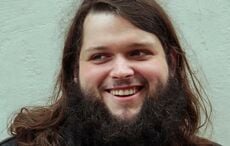Two sky surveys, named Wallaby and Dingo, will operate out of the new facility Australian Square Kilometre Array Pathfinder (Askap) in hopes of uncovering around 700,000 galaxies within the coming new year. The surveys will operate from the remote outback.
Dr Alan Duffy, a member of the Askap team from the University of Western Australia, said that "Askap is a highly capable telescope. Its surveys will find more galaxies, further away and be able to study them in more detail than any other radio telescope in the world.”
“We predict that Wallaby will find an amazing 600,000 new galaxies and Dingo 100,000, spread over trillions of cubic light years of space."
Askap consists of 36 identical 12 metre-wide dishes that work together as a single antenna. The facility is also aiming to examine the universe’s “dark energy,” an anti-gravity force which appears to be causing galaxies to fly apart at an accelerating rate.
Additionally, the telescope will examine galactic hydrogen gas - the fuel that forms stars - to see how galaxies have changed in the last four billion years.
Askap is a precursor for an even more ambitious project, the Square Kilometre Array (Ska).
With receiving stations stretching between South Africa, Australia and New Zealand, Ska will be the world's largest radio telescope when it begins operating in 2019. Its combined antennae will provide a total radiation collecting area of approximately one square kilometre.




Comments